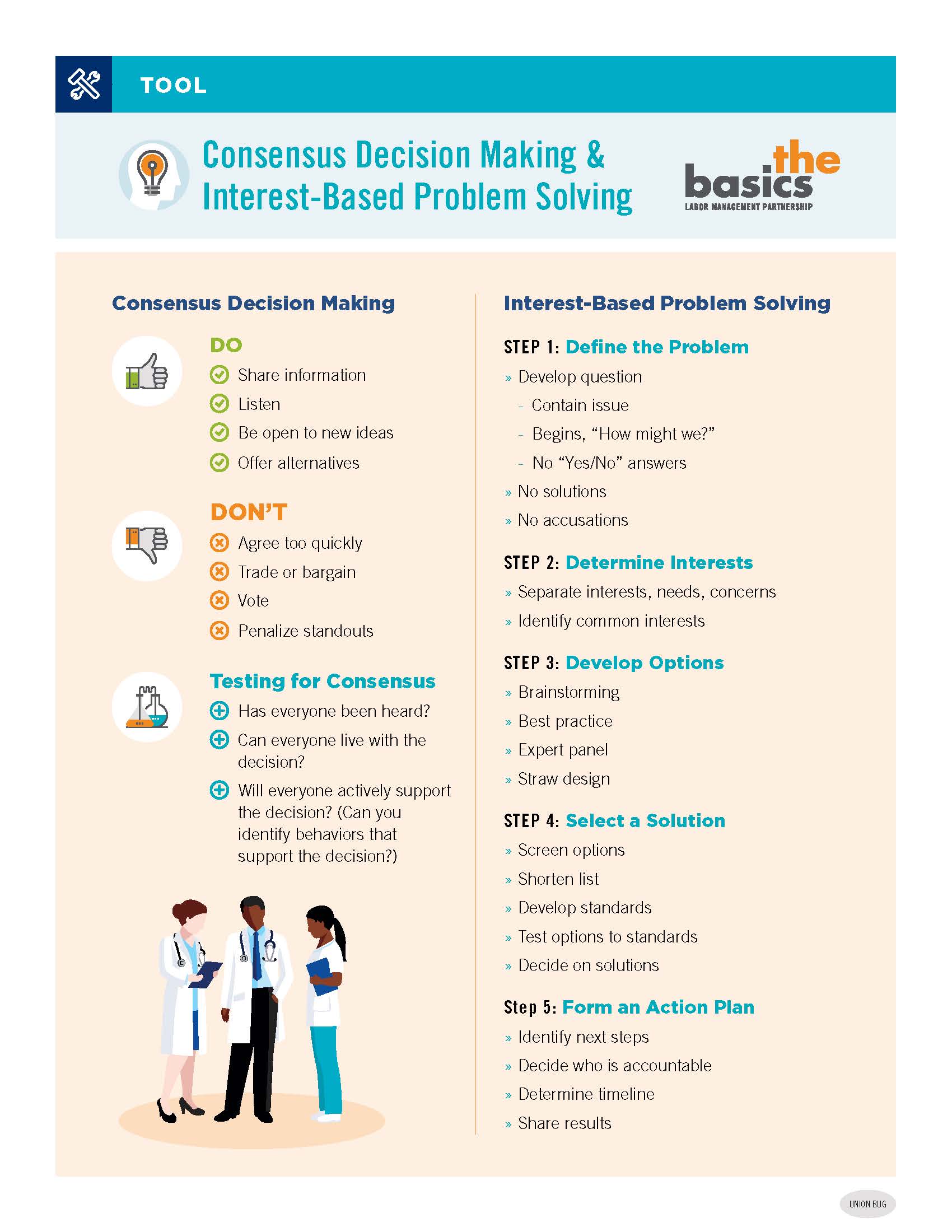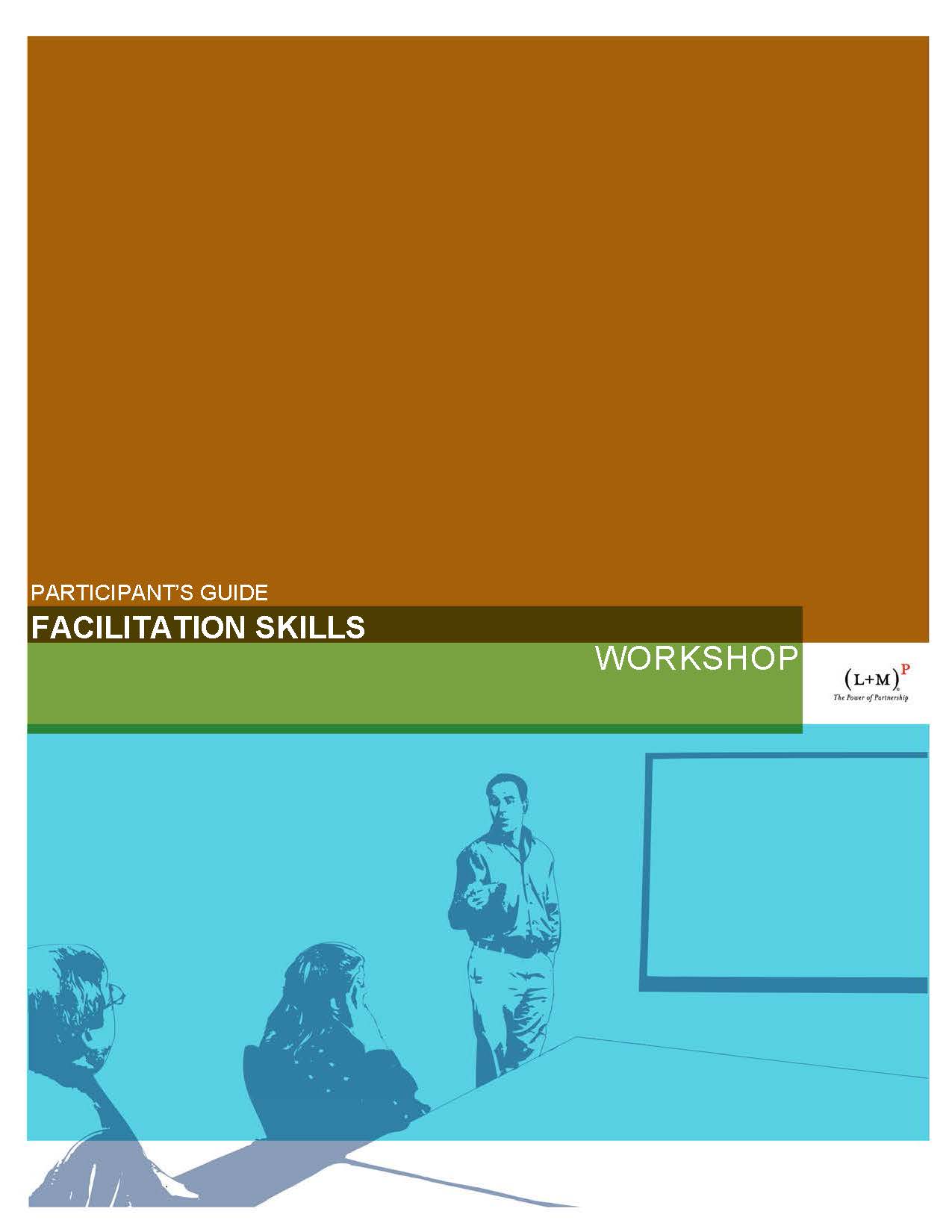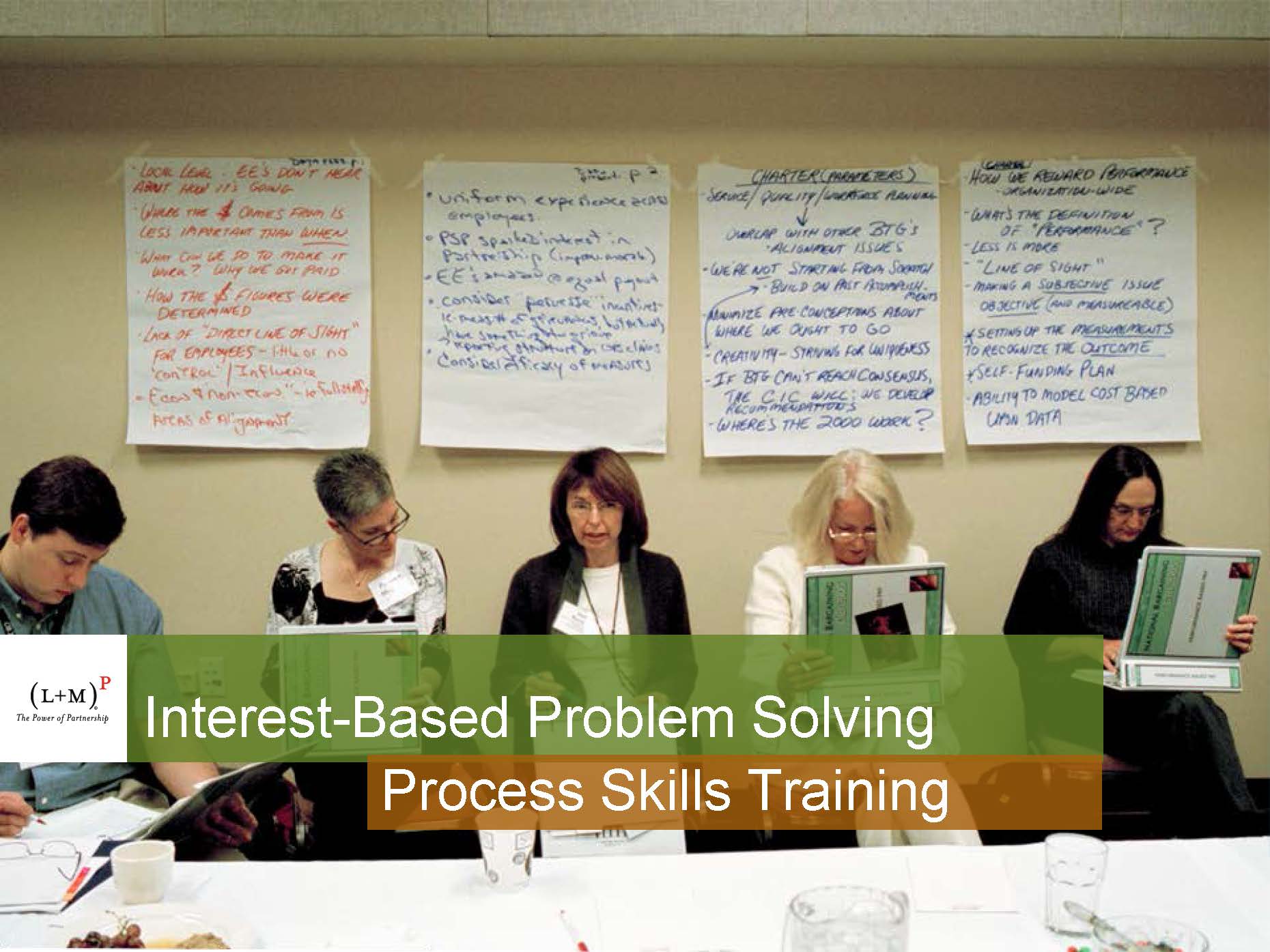Deck: Found a solution that works? Share the success with others!
Unit-based teams are getting results — and are finding ways to share their learning with their peers face to face, online or in print. Talk with your team about how to use these and other ideas to share your learning and spread success.
- Track your progress. UBT Tracker is a web-based tool that helps unit-based teams and consultants collect and report information about their performance improvement work. Our UBT Tracker User Guide can help you make the most of your Tracker entries or search for model projects.
- Tell your story. Storytelling is one of the best ways to explain partnership and show others your results. Sign your team up for our storytelling training.
- Step right up. UBT fairs are a dynamic forum for spreading effective practices face to face. Hosting your own webinar online lets you reach beyond the walls of your facility.
- Lights…camera…take action. Kaiser Permanente’s Care Management Institute uses video ethnography— interviewing KP patients at the care site—to help teams share ideas and keep patients at the centerof performance improvement. To learn more, visit CMI’s Video Ethnography & Storytelling page [KP intranet].
- Write all about it. Use fliers, posters and newsletters to keep others informed and engaged in your team’s projects. Post your results in the break room. Invite another unit to your huddle for a progress report. Use these templates to create your next newsletter.




